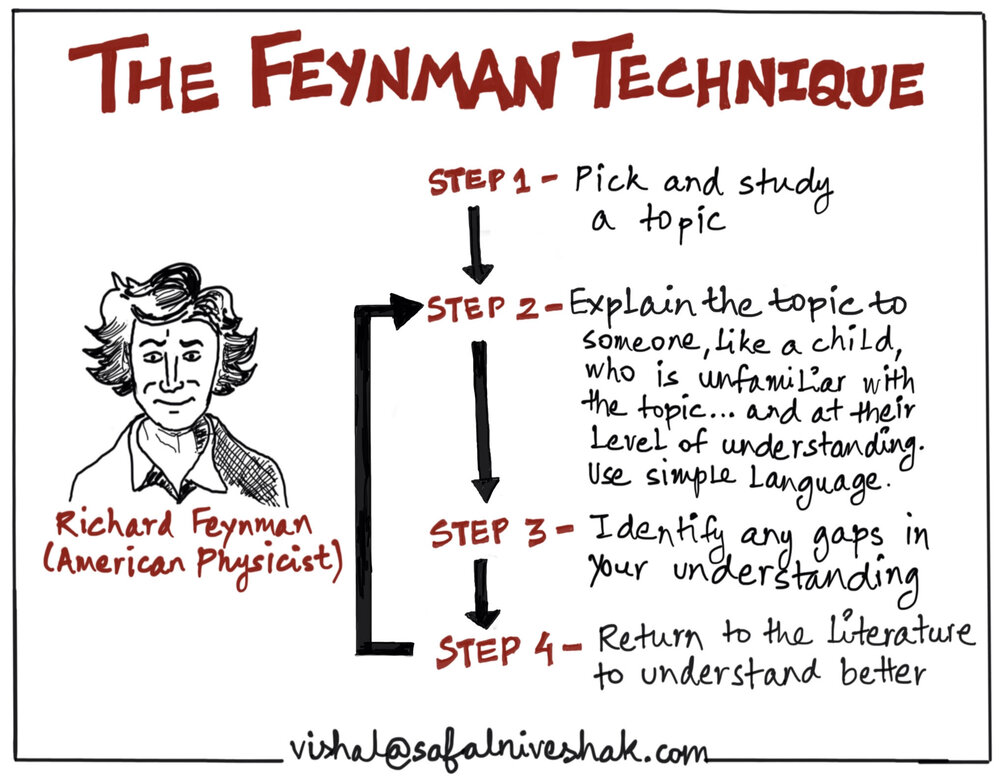Want to know how mathematicians, philosophers, and Nobel prize-winning physicists agree on mastering writing through an unexpected approach?
Hint: It's simple. THREAD!
Hint: It's simple. THREAD!
1/The titles within my stack of books have been all over the place genre-wise lately: Philosophy, physics, jazz, mathematics.
And while these topics are great mental exercise, I also search out what the author has to say about writing and communication.
And while these topics are great mental exercise, I also search out what the author has to say about writing and communication.
2/After all: What good is a brilliant idea if you can’t share it with others?
That's done through a medium of communication in the form of the written word.
So maybe you’ll be as surprised as I was when I discovered a common theme.
That's done through a medium of communication in the form of the written word.
So maybe you’ll be as surprised as I was when I discovered a common theme.
4/Interesting, right?
These deep thinkers—who work with complex ideas and theorems the average person can’t understand—are proponents of simple, concise writing and communication.
These deep thinkers—who work with complex ideas and theorems the average person can’t understand—are proponents of simple, concise writing and communication.
5/I dug a little deeper. Along the way, I discovered this technique (shared by Nobel prize-winning physicist Richard Feynman) that lays out the step-by-step mechanics of how to communicate simply and clearly for maximum comprehension.
6/I recognized this process as the same one used by the best editors I know. They didn’t just check for spelling/grammar...they poked holes in it.
They asked, “Okay, but why?”
They left notes like: “Explain what this is and how it works. Don’t assume the reader already knows.”
They asked, “Okay, but why?”
They left notes like: “Explain what this is and how it works. Don’t assume the reader already knows.”
7/The secret is to approach what you’ve written w/ a sense of genuine curiosity.
Review it with the eyes of an outsider. See what questions arise as you read...and answer them.
In a world where knowledge-flexing, acronym-dropping, and over-complication is the norm: Don’t.
Review it with the eyes of an outsider. See what questions arise as you read...and answer them.
In a world where knowledge-flexing, acronym-dropping, and over-complication is the norm: Don’t.

 Read on Twitter
Read on Twitter



